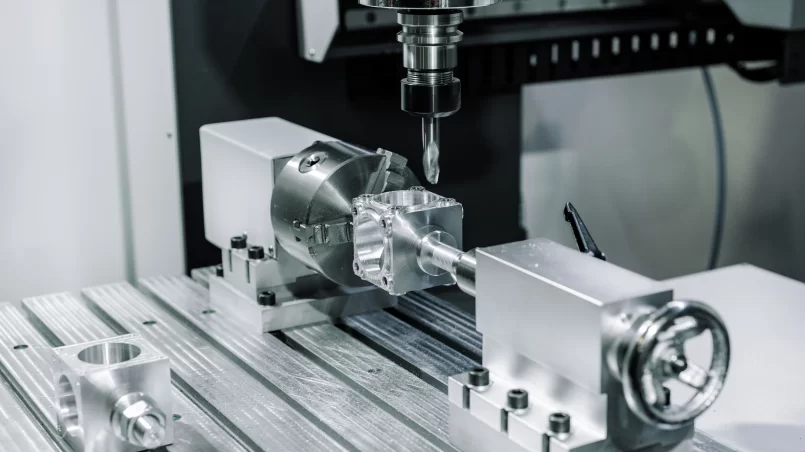Selling used machinery can be a great way to recover value from equipment you no longer need, but it requires a strategic approach to ensure you get the best price and sell as efficiently as possible. Whether you’re upgrading to newer models or downsizing your operations, here’s a step-by-step guide on how to successfully sell your used machinery.
1. Assess the Condition of Your Machinery
Before listing your equipment for sale, thoroughly evaluate its condition. Buyers want detailed information, so it’s crucial to be transparent about any issues, wear and tear, or required repairs. Conducting an inspection can help you identify anything that needs fixing, which can ultimately improve the machine’s resale value.
In addition to functionality, consider the machine’s cosmetic condition. A clean and well-maintained machine often fetches a higher price than one that appears neglected.
2. Research the Market
Understanding the current market is key to pricing your used machinery competitively. Research similar machines that have recently sold to get a sense of what buyers are willing to pay. Keep in mind factors like:
- Age of the machine: Older machines typically depreciate more.
- Brand and model: Popular brands tend to hold their value better.
- Condition: Machines in good working order sell faster and for a higher price.
Being aware of these variables will help you set a realistic price and position your equipment attractively in the market.
3. Choose the Right Sales Channel
There are several platforms where you can sell your used machinery, including online marketplaces, auction houses, and specialized equipment brokers. Each option has its pros and cons:
- Online marketplaces: These give you access to a large audience and are ideal for sellers who prefer a do-it-yourself approach. However, competition can be high, and sales may take longer to close.
- Auction houses: If you’re looking for a quick sale, auctions can be a good choice. Just be aware that prices are often lower because buyers are looking for deals.
- Equipment brokers: Working with a broker simplifies the process, as they handle the details and leverage their network to find interested buyers. This option usually results in faster sales and can help you secure a better price.
4. Prepare Accurate Documentation
Ensure that all relevant documentation is in order before listing your machinery for sale. This may include:
- Original purchase invoices
- Service and maintenance records
- Manuals and operating instructions
Accurate and comprehensive documentation reassures buyers and can streamline the transaction process, making your listing more attractive.
5. Create an Effective Listing
Your listing is your first opportunity to capture a buyer’s attention, so it should be clear, concise, and informative. High-quality photos are essential, showing the machinery from multiple angles and highlighting key features. Include key details such as:
- Make and model
- Year of manufacture
- Operating hours (if applicable)
- Any modifications or upgrades
These elements help buyers make informed decisions and may prevent unnecessary questions or delays.
6. Be Open to Negotiation
Most buyers will expect to negotiate, so be prepared to entertain offers that are below your asking price. That said, it’s important to set a firm lower limit that you’re willing to accept, to avoid underselling your equipment.
Conclusion
Selling your used machinery can be a lucrative endeavor if done correctly. By assessing the condition, researching the market, choosing the right sales platform, preparing documentation, creating an appealing listing, and being open to negotiations, you increase your chances of making a successful sale. For additional resources or if you’re ready to list your machinery today, visit Machinery Network, where you can find a comprehensive selection of buyers and sellers in the market.


